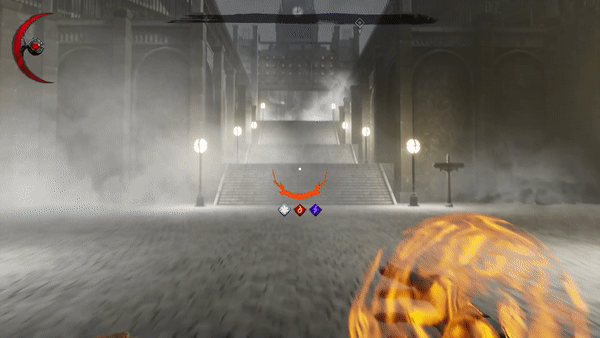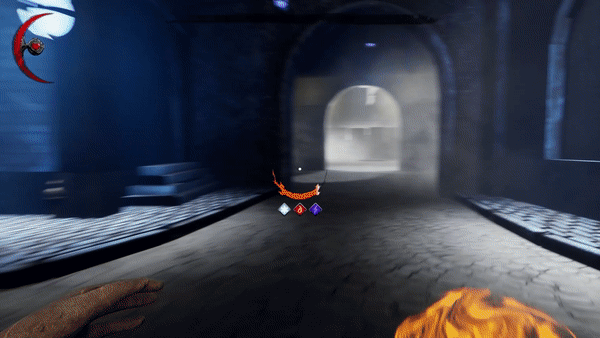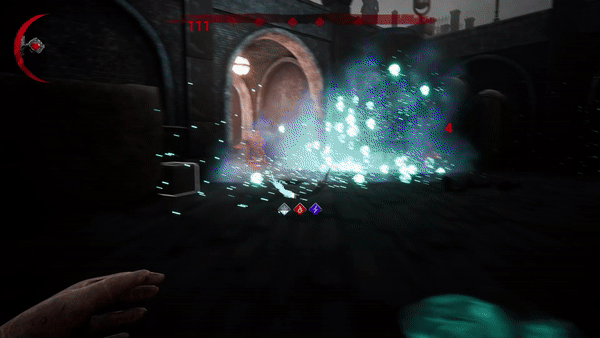top of page
Conjury Revell
My Role
-
Designed and paced enemy encounters for 2 levels within the game.
-
Designed and built section two of level 2 to create varied gameplay and environment.
-
Multitasked to deliver designs between two different level teams during development.
-
Sandboxexd and implemented levels from the lead level designer's vision and scope.

Game Summary
Conjury Revell is a 3D first person arena shooter game for PC wherein players will play as a rebel fighting to overthrow the fascist society that is controlling magic in an oligarchical manner.
Engine:
Platform:
Unreal Engine 4.27.2
PC
Development Time:
6 months
Team Size:
27 team members
Initial Concept


Iteration
Once concept art was created for this project our teams got to work designing urban environments. We struggled to find ideas outside of city streets at first, but by leaning into the steampunk art direction we came up with great set pieces for the game such as the back alley tutorial level or the airship dockyard I had the opportunity to work on.
Design Goals
Landmarking in Transition Zones
I felt that three arenas back-to-back would be exhausting for the player to complete in one level. My goal was to create a space that introduced different varieties of combat and guided the player through landmarks.
Incentivize Player Movement
I set up encounters in a way to attract players to move dynamically through the game's arenas by pursuing newly spawned enemies at unused parts of the environment.
Landmarking in Transition Zones
Making the most of Modular Kits
These large gates are used to mark the beginning and end of the transition area between arenas. I constructed these gates out of wall, trim, and pillar pieces created by our art team. Leveraging our available art assets for a unique landmark that guide the player.

Break from wave-based combat
Three combat arenas felt like an exhausting amount of similar combat. I use this transition space to help with the game's overall pacing. I use large formation spawns and airship spawns to create a more cinematic experience in this section.


Incentivize Player Movement
Ping Pong Spawning
We noticed during development that players often just spammed spells repeatedly at far-away targets. For this arena, I added a separate set of enemy spawns outside of the traditional waves.
When the fight begins I spawn individual light enemies around corners to lead players to high-activity areas.
There is also a separate list of reserve enemies I designed to spawn on opposite halves of the arena. This is to incentivize the player to flow through different parts of the arena.



Postmortem
What Went Well
-
Game approved for sale on digital platform Steam
-
Strong collaboration with a team
-
I pushed for a great sense of communication between the Art, Software, and Design departments
What Went Wrong
-
The design of the game felt out of scope for the time we had, we would've liked to do more
-
I spent a lot of time designing and redesigning spaces when I should've had a clearer vision during pre-production
What I Learned
-
In a studio, a certain degree of personal independence goes a long way as long as communication is clear between leads and team members
-
The state of the game is never set in stone and anyone can offer a valid suggestion for its direction
Gallery

Gate leading to my section

Opening Courtyard

Airship Approaching

Gate leading to my section
1/7
bottom of page
